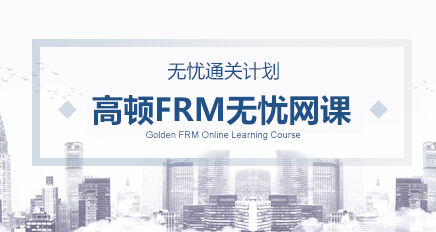CMA复习笔记(三)
Manufacturing paradigms:
JIT: based on a mfg philosophy that combines purchasing, production and inventory control into on function. It reduces the level of inventory, it’s a pull system. It’s reorganized to permit what is known as lean production, where the plant payout is arranged by manufacturing cells that product.
Kanban: is a simple parts movement system or an inventory used to keep track of inventory and its movement. Production of components is pulled to the production line.
MRP: an approach that uses computer software to help manage an mfg process.
Outsourcing: an external company or some of its internal functions. Management can free up resources and focus on the primary operations. Cheaper, specialize, but loses direct control over these function.
Theory of constraints:
Throughput time= the time that elapses between the receipt of a customer order and the shipment of the order
Throughput contribution is the rate as which contribution dollars are being earned.
Buffer is a minimum level of WIP inventory provided as protection against delays that would delay the drum.
Drum is the bottleneck or the constraint, because it provides the “beat” that the entire operation must march to
Rope is the schedule for releasing materials to the floor to begin processing, so that they will reach the drum at just the right time.
Steps to managing:
Recognize that the bottleneck operation determines throughput contribution the best use of the bottleneck of the system as a whole;
Calculate the best use;
Maximize the flow through the bottleneck by using the drum-buffer-rope system,
Increase the production capabilities
Analyze the system
Throughput contribution= price – totally variable costs
CIM CAD FMS CAM
TQM: describes an approach that is committed to customer satisfaction and continuous improvement of products or services. Enhanced and consistent quality of product; timely and consistent responses to customer needs; elimination of non-value adding work, quick adaptation and flexibility in response to the shifting requirement of customers A company should always strive for improvement in
performing its job and producing its product correctly the first time.
Features:
It’s an organizational action; employees at all levels participate in continuing education and training,
People within the organization are also customers,
Quality circles – a group of employees work together and discuss and resolve work-related problems,
The role of quality management is to every person in the organization
Control chart, histogram, Pareto principle, cause-and-effect diagram or Ishikawa


















